It’s difficult to understate how important it is to know that you will get what you pay for when buying a diamond online. With Blue Nile, you get a hassle free buying experience, access to high quality diamonds and designer jewelry, and the best part is that you don’t have to worry about getting ripped off.
When you look for a diamond on Blue Nile, it may appear that there is a huge selection of diamonds. The reason Blue Nile can do this is because they operate the largest virtual inventory of diamonds. Blue Nile also owns a small percentage of the diamonds on their inventory and these are their branded Blue Nile Signature Ideal diamonds. One thing you need to be aware of is that not all of Blue Nile’s Signature Ideals are made the same so in my how to pick a diamond tutorial, I show you how to navigate their inventory in order to find the best diamonds that are available.
Ease of Searching for a Diamond
Blue Nile has a very quick, intuitive, and responsive search engine which seems to set the standard for other online vendors. It is quick and easy to access the GIA diamond certificate for each diamond. It seems they’ve taken my advice and now the critical information about the table, depth, girdle thickness, fluorescence, and measurements are available right in the search window once you select a diamond.
Make sure you scroll down when the tab pops out and you can access the GIA report and there’s no need to click into ‘More Details’, which will save you some time. What I absolutely love is that they highlight all the diamonds you’ve already looked at in blue, which I find extremely helpful when I’m going through a bunch of diamonds on their site. However, I still would like to see them take the lead to implement the ability to filter diamonds by the girdle thickness, crown angles, and pavilion angles.
Blue Nile also has a mobile app that is quite useful for looking for diamonds on the go. The only caveat is that you cannot apply advanced filtering options on the mobile app.
Blue Nile Signature Ideal vs Ideal
When reviewing diamonds, it is important that we always compare apples to apples. If you think that you can find a good diamond just by inputing your basic specs and picking from Blue Nile’s virtual inventory without seeing an image of the diamond, then you’re likely going to be disappointed when you receive your diamond.
My usual starting point is Blue Nile’s Signature Ideal range of diamonds. You can also consider the regular ideal diamonds if Blue Nile are able to offer an image but this isn’t always available. If you want to get technical, an ideal-cut diamond should only refer to a diamond that is graded by the AGSL and receives an AGS0 cut grade.
The AGS0 cut standard is more strict than a GIA Excellent cut grade, but the term ideal-cut has been so misused in the industry that it has lost all of its originally meaning and can now refer also to GIA Excellent cut graded diamonds. GIA and AGSL are two of the most respected diamond grading laboratories in the world and when you purchase a Blue Nile Signature Ideal, you can be assured that it is graded at least a GIA Excellent in cut.
Blue Nile Signature Ideal diamonds are marketed as “Hearts & Arrows” diamonds. The thing you need to know is that not all Blue Nile Signature Ideal diamonds are what most H&A vendors and purists would call a ‘true’ H&A. Check out my tutorial on hearts and arrows if you want to learn more about my definitions.
Quality of the Blue Nile Signature Ideal Diamond
Apart from being graded Excellent in cut by GIA, Blue Nile Signature Ideal diamonds are further filtered through and selected based on Blue Nile’s own criteria. But from what I can tell, their selection criteria is based on quite a wide range of proportions, optical symmetry, and light performance.
All we know about the Blue Nile Signature Ideal diamond is that it meets certain minimum specifications. The specifications stated on their website are:
| Depth % | 60.1 – 61.9 |
| Table % | 55 – 57 |
| Polish | Ideal |
| Symmetry | Ideal |
| Report | AGSL/GIA, GCAL |
Blue Nile is quite strict with their table size and the depth measurements for their Signature Ideal diamonds. The range of table sizes is even narrower than what I recommend in my how to pick a diamond tutorial. However, Blue Nile does not provide their ideal range for the crown and lower girdle facets which are also very important to how well a diamond performs.
Now a long time ago, the industry believed that using the table and depth alone was sufficient to filter out the bad diamonds from the good. The rule of thumb was that if a diamond had around a 60% table and a 60% depth then it would look good so this led to what is known as the 60/60 diamond. But the truth is that based on these two proportions alone, nothing truly meaningful can be concluded about the diamond. You would be a fool to think that today’s experts still go by this rule of thumb!
Information Provided
If we go beyond basic proportions you’re going to need high quality light performance images of the diamond to be sure of what you’re getting. Unfortunately, Blue Nile does not provide pictures of your actual diamond in Hearts & Arrows, idealscope, or ASET images as a standard on their website. However, in my experience they can get a picture of many of the diamonds in their inventory and it’s a matter of it doesn’t hurt to ask nicely. Even for diamonds that are not in their inventory, Blue Nile may be able to ask their supplier to send them a picture of the diamond although the consistency of the images may be an issue when used for evaluation purposes.
All Blue Nile Signature Ideal diamonds come with a GCAL certificate in addition to the GIA report. The GCAL report is something that not many people will have come across at the beginning of their diamond search. Unlike the typical advice given, I take the position that the GCAL report does add some value to the signature ideal diamond. This is because GCAL warrants that each signature ideal diamond meets the grades that are in the GIA/AGS lab report.
The only qualification is that this is “within recognised gemological tolerances”. When buying online, having a lab checking whether the diamond meets the grade stated on the report is quite valuable. Here is where the trust comes in and you just need to be aware that some recognised gemological tolerances can be up to two grades different from what is stated on the certificate. My personal take on this is that for GIA/AGSL diamonds, the expected tolerance is a single grade.
Aside from this warranty, the GCAL report also provides some information regarding optical symmetry and light performance. On the GCAL certificate, the first useful bit of information can be seen in a photograph made through a microscope at 10x magnification.
Analysis
Below are photomicrographs of 2 Blue Nile Signature diamonds that I randomly selected. Both diamonds are around 1ct GVS2.
The important thing to note are the images of the bottom (pavilion) because the flat table reduces (but doesn’t eliminate) the possibility of camera-tilt. It is clear that the second diamond has a hearts view that resembles more of what Blue Nile advertises as typical from their signature range.
(Edit: for those of you interested in what I found on Blue Nile, you can check out the report here.)
The GCAL report also provides some information about the light performance of the diamond in the Optical Brilliance Analysis and Optical Symmetry Analysis.
In the above image of the first diamond, the areas of blue are the areas where there is light leakage, this image is useful for noting the contrast pattern near the edge of the diamond where some leakage can be expected.
The Optical Symmetry Analysis is in some ways redundant, as the information could have been gleaned from the photomicrograph and the brilliance analysis. However, the extent of the light leakage can be observed and the optical symmetry of the arrows is slightly clearer than in the photomicrograph. Do not confuse this image with that of an ASET image. You can read more about the ASET in my tutorial here.
Here are the same images from the second diamond. As you can see, there is more leakage under the table in the second stone. This demonstrates the fact that better optical symmetry does not necessarily mean better light performance; they are separate issues.
Price
One of the biggest advantage of buying from Blue Nile is price. Blue Nile consistently operates on a net profit margin of less than 2% and not many vendors that are as large and as reputable as Blue Nile are operating and surviving on such low margins.
In 2012 and 2013, Blue Nile’s gross profit margin was 18.8%, and 18.6% respectively. If you consider that their core business is in loose engagement ring diamonds, then this gross profit margin is a good ballpark figure on their loose diamond mark-up.
Blue Nile also has a very profitable jewelry business so you can imagine that their margins on loose diamonds are even lower. This is why you should be very cautious if you find a diamond that is priced much lower than what it is listed on Blue Nile. If you find the same diamond listed elsewhere for less, Blue Nile has a diamond price guarantee program. Restrictions do apply so it’s best to read all the terms and conditions yourself.
You can expect Blue Nile Signature Ideal diamonds to have a higher premium associated with it. However, compared to other branded diamonds, Blue Nile Signature Ideals are priced very competitively and you can find a great deal if you know what you’re doing.
Value Adding Company Policies
Blue Nile offers free shipping and a 30-day return policy and both policies are pretty standard for the industry. If you’re in China, the 30-day period starts from the day you order, and you will lose a 20% reservation fee if you return the diamond. Just remember that it is the responsibility of the customer to insure the return package.
Blue Nile also provides an upgrade program for diamonds purchased after 1 January 2011. The biggest downfall of this upgrade program is that the upgrade must be at least double the price than the original diamond. Blue Nile also does not offer any buy-back policy.
Conclusion
I’ve found that it’s very possible to find diamonds on Blue Nile that meet my recommendations for light performance and optical symmetry, it does take a bit more work than at a premium vendor and images are not always available. I would recommend Blue Nile if you’re looking for a safe, simple, no sales pitch, hassle-free buying experience. As a final reminder, if you find a stone that is much cheaper than a comparable stone on Blue Nile, then you should exercise additional caution when making your purchasing decision.
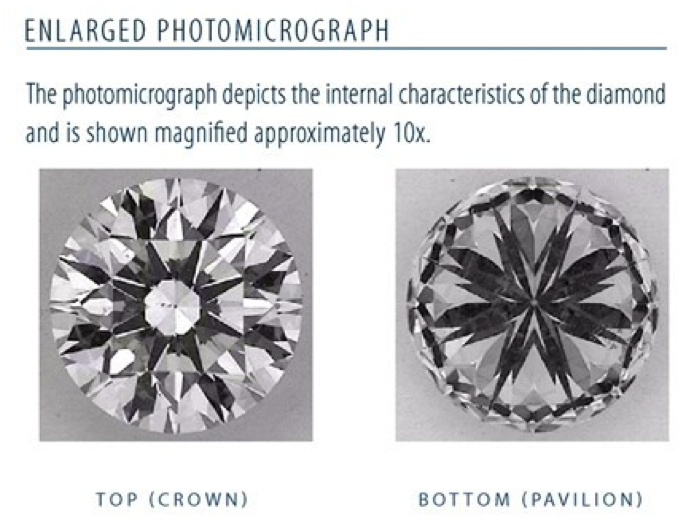
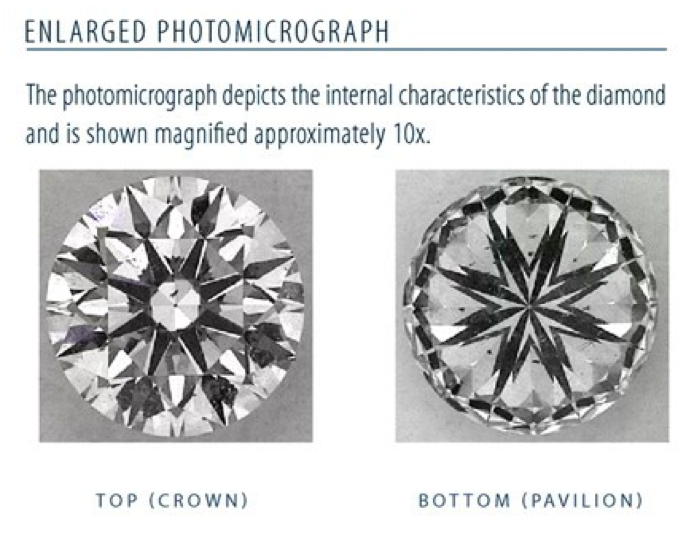
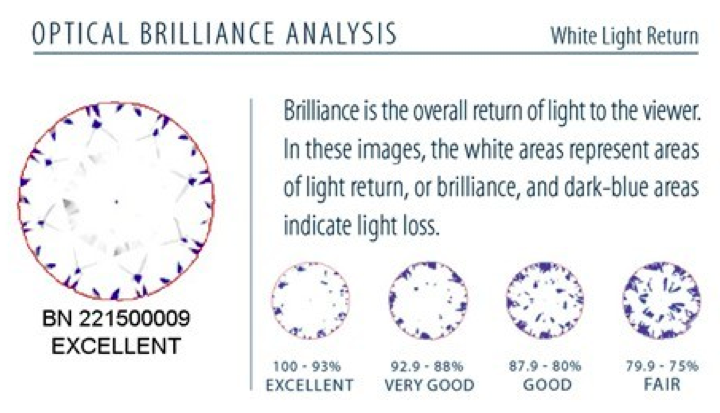
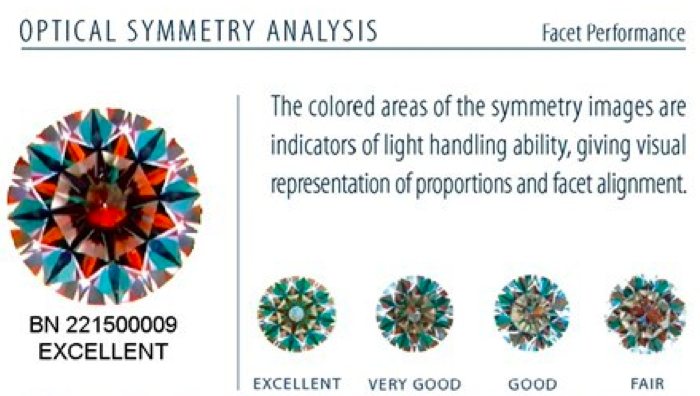
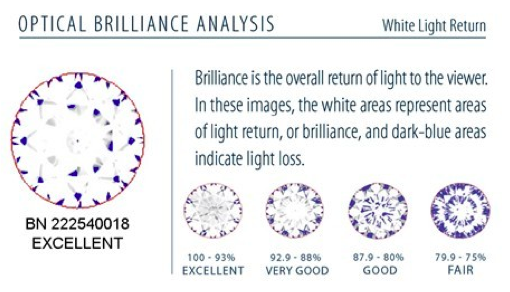
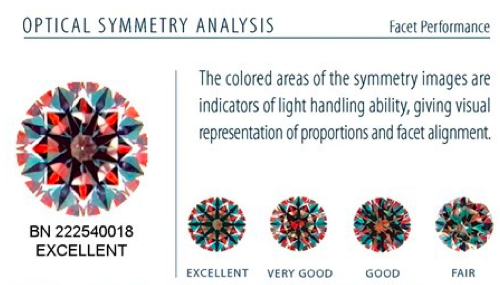
Leave a Reply